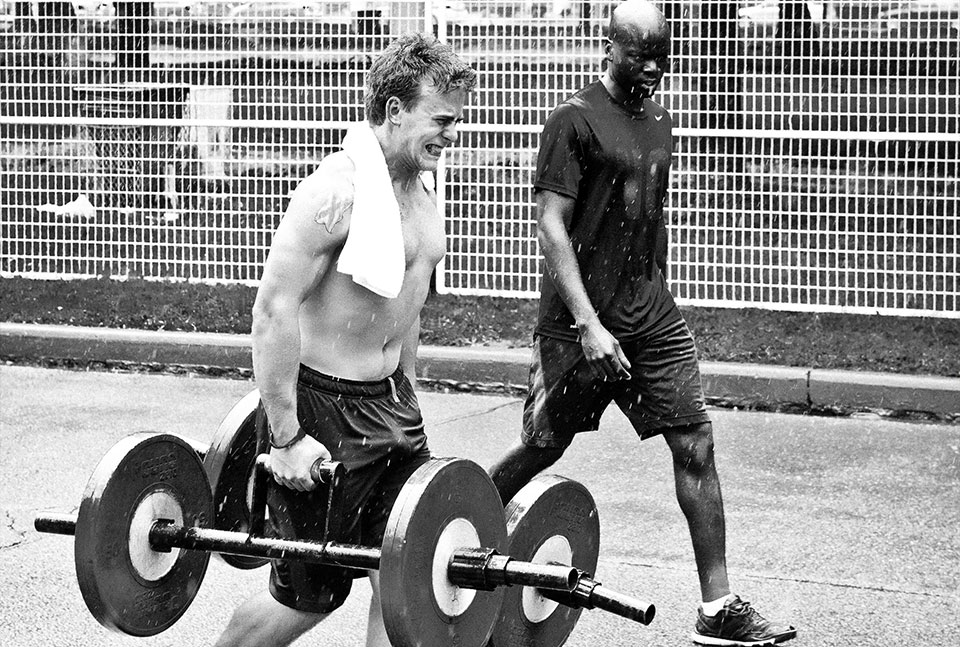
Industries change and evolve constantly. As a professional, it is important to remain open to new methods and techniques. More importantly however, it is essential to recognize when things begin to stray from the main tenets of the industry. In the strength and conditioning community, many professionals are straying from methods of STRENGTH and CONDITIONING and they are trying to emulate physiotherapists.
Remedial work is a necessary part of strength and conditioning; it is unsafe to do resistance training without having a solid foundation based in structural balance. This being said, the ideal place to address injuries is in the clinic. The modalities and manual therapy that a physiotherapist can offer when it comes to rehabbing an injury is far superior to foam rolling, stretching, and performing mobility exercises during a warm up routine.
More and more strength coaches are spending too much time addressing corrective techniques instead of strength and conditioning techniques. The result is that our athletes are losing time in the gym doing low impact exercises instead of building strength in multi-joint, multi-planar exercises that are proven to transfer to sport performance.
Building elite athletes is an interdisciplinary task. There are three critical areas of focus that each athlete, male or female, needs to acquire to become elite. The first is sports training. This is easily defined as spending the required hours training in your specific sport (if you’re curious about how much time it takes, Google “Ericsson; ten thousand hour rule”). The second is superior strength and conditioning. When the playing field is level for sports skill, the athlete who is stronger, faster, and more durable will likely be the one with the performance advantage (think of the Olympic motto, faster, higher, stronger). Thirdly, when skill and strength are equal, the athlete who is healthiest will have the advantage.
As a strength coach, it is important to work collaboratively with your athletes, their coaches, and a network of health professionals to address their specific needs. The most important factor for an athlete is how well they perform when they are competing. Athletes who are injured need to work with their doctors and therapists to repair any acute or chronic conditions which prevent optimal performance and everyday activities. After rehabilitation, or if you receive healthy athletes, the duty of the strength coach is to bring the athlete to peak physical conditioning, exposing their athletes to stresses in excess of their sport demands, to ensure superior physical performance during competition. In short, build alpha males and dominant females every time an athlete steps into your realm. Return your athletes to their game in better shape than they arrived in; ensure that they have the physical capacity to own their sport and be a leader in their field.
If you’re an athlete reading this, don’t waste time with a professional who is trying to do somebody else’s job, especially when they aren’t qualified to do so. Invest your time and your money in qualified professionals to address your specific needs. Whether it’s a coach who is trying to tell you how to exercise, or if it’s a strength coach trying to tell you how to heal a serious injury, recognize when it is time to enlist the services of a specialist in their field. In the end, you’re investing in yourself. Don’t get fooled by somebody who doesn’t know what they’re talking about or somebody who is just looking for another way to squeeze a few extra pennies out of your pocket.
About the Author: Clance Laylor
Related Articles


